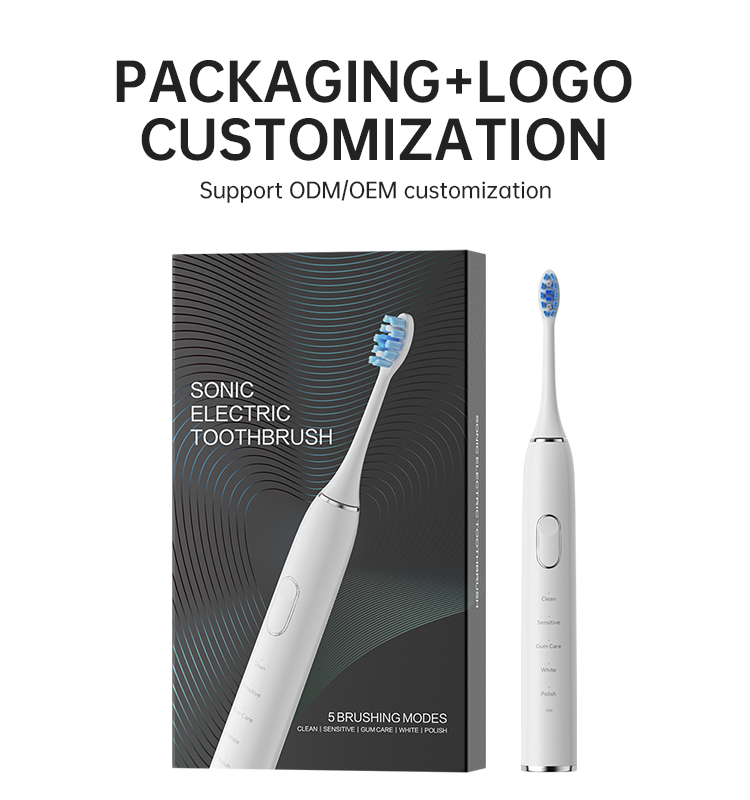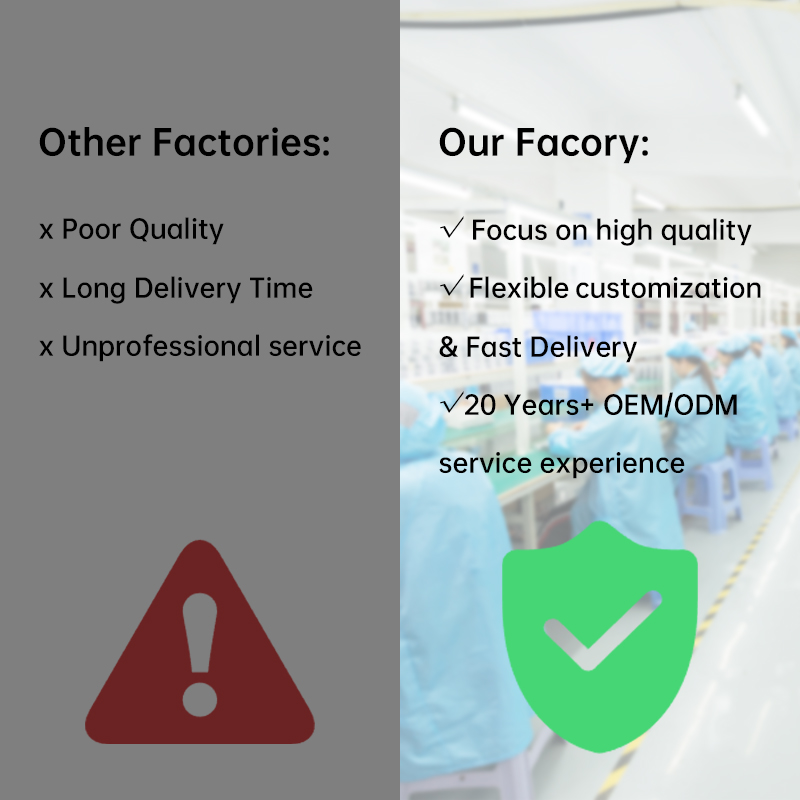In the rapidly evolving personal care and electronic devices market, manufacturers face increasing challenges in ensuring both safety and aesthetic quality. Recently, many have observed that Battery Overheating Risks often coincide with Whitening Tray Warping, leading to product malfunctions and customer dissatisfaction. This article explores the underlying causes, interrelationships, and potential solutions to address these issues comprehensively.
With consumer expectations soaring, product safety and design integrity have become critical. Manufacturers must not only provide high-performance devices but also ensure that their components meet rigorous quality standards. However, the simultaneous occurrence of Battery Overheating Risks and Whitening Tray Warping has emerged as a significant quality concern. These issues can disrupt overall functionality, impair device aesthetics, and ultimately harm brand reputation. Understanding the market demands and technical challenges is the first step towards finding effective solutions.
Battery overheating is a critical safety issue that can lead to reduced performance, potential hazards, and costly recalls. Several factors contribute to Battery Overheating Risks:
Addressing these root causes through improved material selection and advanced thermal design is essential to mitigate overheating risks.
At the same time, Whitening Tray Warping is a problem that compromises the product’s structural integrity and visual appeal. Key contributing factors include:
Optimizing the material formulation and refining the molding process are critical steps in reducing tray warping incidents.
One of the key challenges is the interdependence between these two issues. Battery Overheating Risks not only compromise the battery’s performance but also create an environment conducive to Whitening Tray Warping. When a battery overheats:
Understanding this interrelationship allows engineers to address both issues in a holistic manner.
To tackle these intertwined problems, manufacturers can adopt several strategic approaches:
By integrating these solutions, companies can simultaneously reduce Battery Overheating Risks and prevent Whitening Tray Warping.
Looking ahead, continuous innovation is essential to stay ahead of these challenges. Manufacturers should invest in:
By fostering a culture of continuous improvement and proactive problem-solving, manufacturers can build more resilient products that meet both safety standards and consumer expectations.
Conclusion
The concurrent challenges of Battery Overheating Risks and Whitening Tray Warping pose significant threats to product reliability and brand reputation. However, by understanding their root causes, interrelationships, and leveraging advanced technological solutions, manufacturers can effectively mitigate these risks. A holistic approach that combines improved thermal management, optimized material selection, and precision manufacturing will ensure product durability and customer satisfaction, ultimately securing a competitive edge in the global market.https://www.powsmart.com/product/electric-toothbrush/




Comparing Button Types in Electric Toothbrushes: Which is Best for Your Product?
.jpg)
Water Flosser Advantages: Key Selling Points for Brands to Highlight

Top Five “Must-Have” Design Features for Electric Toothbrush Customization — Plus One Bonus Insight for OEM Success

How Long Will It Take to See Results with the LED Teeth Whitening Device?

Pricing Strategy for teeth whitening brands: Balancing Costs and Market Positioning
Boston Electric Toothbrush Dental Office Recommended
Are Runtime Drop and Thermal Failure Related?

Life cycle of Electric Toothbrushes! Its Components and Effects
.jpg)
Which Product Functions and Performances of Water Flossers Are Users Most Concerned About?
.jpg)
How can a wedding guest brush be a Texas culture brush masterpiece?

Creating the Perfect Smile: The Innovative Technology and Effectiveness of Dentistry Instruments

Are Electric Toothbrush Heads Universal?

Solving Water Flosser Common Problems: A Manufacturer’s Guide to Reliable water flosser Performance

Good habits can whiten teeth that you should know
.jpg)
A Guide to Designing Good-Looking Electric Toothbrush: How Can Macaron Colors + APP Interconnection Increase Product Premium?

Can Innovative Toothbrush Mold Design Facilitate Ergonomic Custom Toothbrush Handle Production?
.jpg)
Florida Electric Toothbrush – Powsmart PTR-C8

Private Label Whitening Gel

electric toothbrush heads Regular Clean

Electric toothbrush heads Charcoal Infused-Diamond

electric toothbrush heads Deep Clean

electric toothbrush heads Charcoal Infuse-Round

Customization Teeth Whitening Gel

electric toothbrush heads Ultra Soft
whstapp
whstapp
National Toll-Free Service Hotline
+86 755 86238638